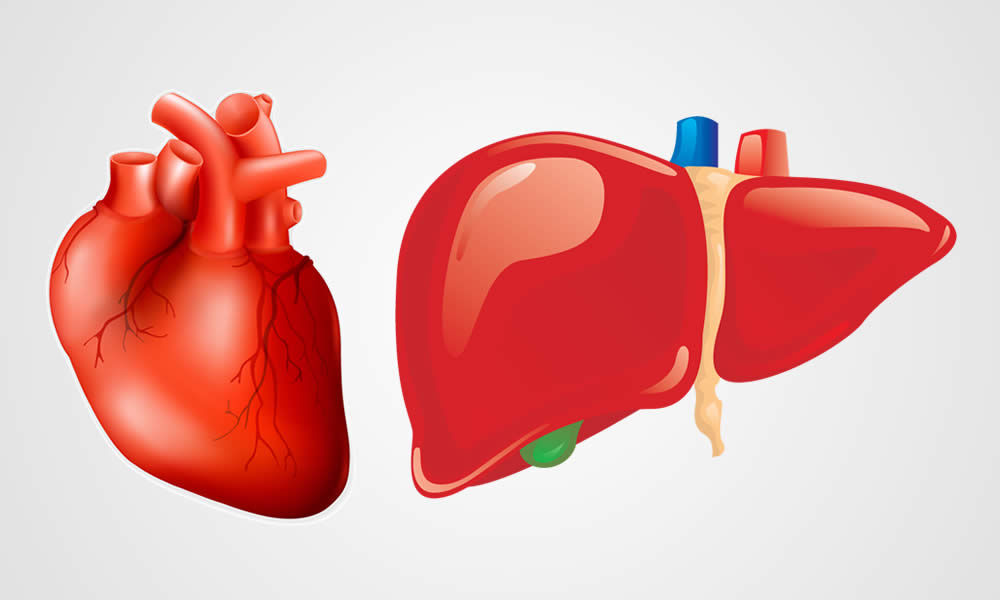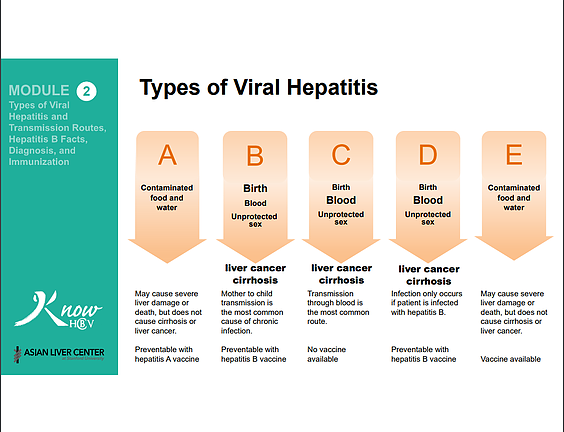Warning: Invalid argument supplied for foreach() in /home1/redcare1/public_html/wp-content/themes/uplift/swift-framework/content/sf-post-formats.php on line 89

World Hepatitis Day, observed on July 28 yearly, aims to raise global awareness on hepatitis and encourage prevention, diagnosis and treatment.
Did you know these facts?
- 325 million people were living with chronic hepatitis infections worldwide in 2015
- 34 million people died of hepatitis in 2015 globally
- An estimated 257 million people are living with hepatitis B virus infection (defined as hepatitis B surface antigen positive)
- Globally, an estimated 71 million people have chronic hepatitis C infection.
OVERVIEW
The liver is the largest organ inside your body. It digests food, stores energy and removes toxins. Hepatitis is an inflammation of the liver caused by viruses. Drug or alcohol use can also cause hepatitis. In other cases, your body mistakenly attacks healthy cells in the liver.

The most common types of viral hepatitis are HAV, HBV and HCV. Infection with hepatitis A& E virus can spread via the fecal-oral mode of transmission.
Hepatitis B & D is transmitted via contact with the blood/other body fluids of an infected person and also sexual transmission with an infected person is possible with hepatitis B.
Hepatitis C has the same mode of transmission as B, although sexual transmission is rare.
Symptoms
- Loss of appetite
- Nausea and vomiting
- Diarrhea
- Dark-colored urine and pale bowel movements.
- Stomach pain
- Jaundice-yellowness of skin and eyes

Diagnosis
- Liver function test
- Antibody against Hepatitis A, B, C
- Liver biopsy
TREATMENT
Treatment of acute viral hepatitis involves resting, relieving symptoms and maintaining adequate intake of fluids. Treatment of chronic viral hepatitis involves medications to prevent further liver damage.
PREVENTION
- Get tested and vaccinated
- Practice Universal Precautions
- Stop Unprotected sex
- Moderate alcohol consumption
- Thorough handwashing, especially after bathroom/toilet use
- Compiled by Funmilola Kolawole MD.



